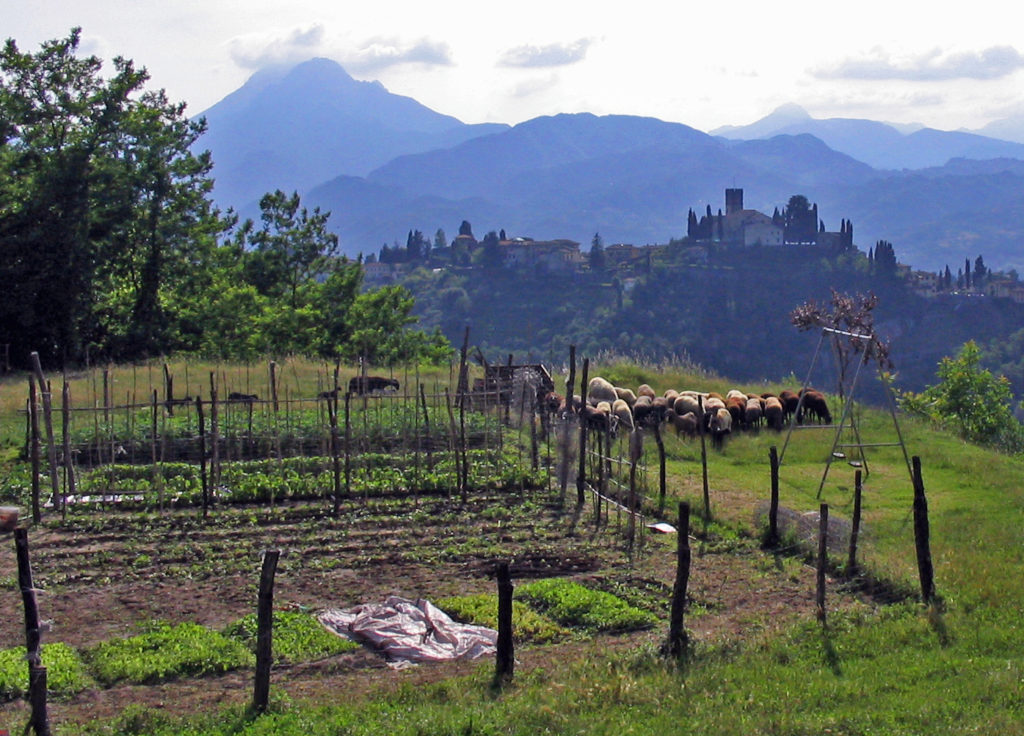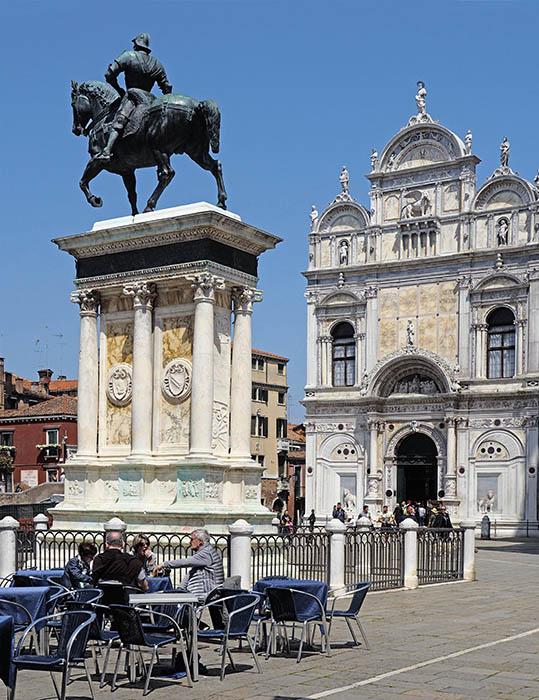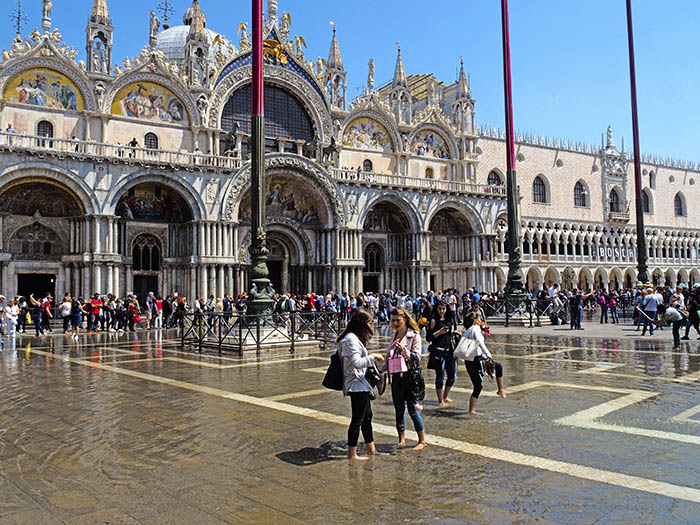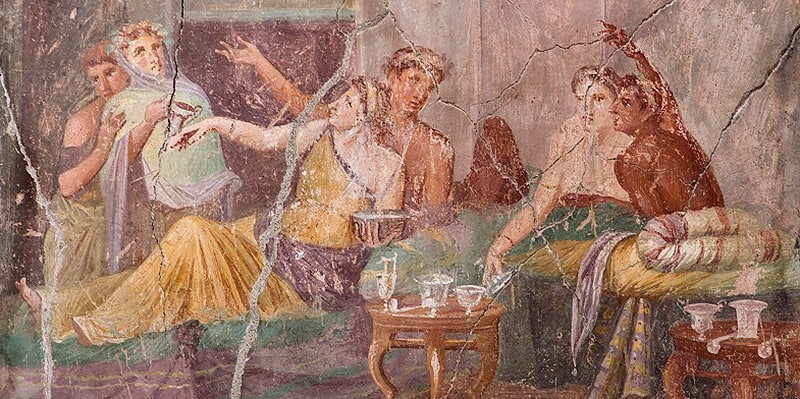Italy

By Frank Viviano
Barga, Italy —
A peculiar marriage of wild celebration and tacit mourning takes place each year on August 16 in Barga, the hilltop Tuscan town where I’ve lived for two decades.
Its people dance in the piazzas to the music of accordions and mandolins. Outdoor markets hum with shoppers until well after midnight. Dazzling fireworks explode over its Medieval cathedral and ramparts.
This is the feast of San Rocco, a centuries-old holiday dating back to the most lethal pandemic in world history. It commemorates the ardent re-embrace of life after the inconceivable horrors of the 14th century’s Black Death – in which Barga’s Serchio Valley almost certainly played a critical role.
Over the brief span of four years beginning in 1348, the Plague carried off up to 60 percent of Europe’s entire population, leaving an indelible scar in the collective memory.
As harrowing as our struggle with… Continue reading

Second in a Series.
Venice’s maze of 3,000 streets, 150 canals and 400 bridges can bewilder the most savvy traveler. Of the city’s millions of annual visitors, it’s fair to say that relatively few venture beyond the main tourist haunts. This is especially true of the many day-trippers, most notably cruise ship passengers, who may have only a few hours to spend in this magical city.
As we noted in our last post, Venice: The Theme Park City?, Venice will be charging an entrance fee and limiting visitor admissions starting in the summer 2022. It’s a strike against overtourism, in which a mass influx of sightseers literally threatens to love a destination to death, or at least makes it a far less enjoyable place to visit or live in.
If it’s your first and only time in Venice, of course you’re going to descend on St. Mark’s… Continue reading

Venice has always been one of my favorite cities. If there’s a more beautiful city in the world, I haven’t found it. And millions of other people would say the same.
And therein lies the problem: Millions of people visiting (and tromping through) one of the most fragile cities on the planet — at the rate of 80,000 per day in summer, far outnumbering Venice’s own residents.
After all, the city is built on a lagoon, canals snake through its heart, and its centuries-old palazzos, churches, and art treasures are subject to erosion, flooding, and tsunamis of tourists as well.
It’s been called a “poster child for overtourism” — meaning, simply, too many tourists for its own good, compounded by massive infusions of cruise ship passengers and other day-trippers. It’s remarkable that any gondolier worth his stripes can maneuver his full craft through the gondola-traffic-choked canals and still… Continue reading

As I was browsing through some of my late mother’s memorabilia on Roman times — she taught classics at George Washington University for years — I came across an interesting set of recipes attributed to M. Gavius Apicius, said to have lived in the time of the emperor Tiberius (AD 14-37).
Tiberius, stepson of Augustus Caesar, was reputedly a nasty fellow and some of the contemporary Roman cuisine seems to reflect that. (More on that in a moment.)
Apicius himself was reputed to have spent a fortune (one hundred million sesterces!) on food and, when facing starvation due to his eventual impecuniousness, drank a vial of poison. But before that he had written two cookbooks and established himself as the Mario Batali of his day.
According to an author named… Continue reading










